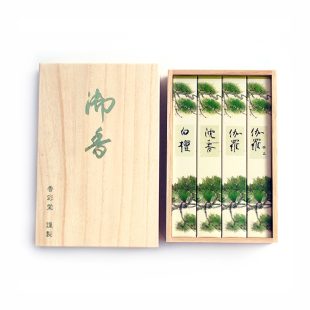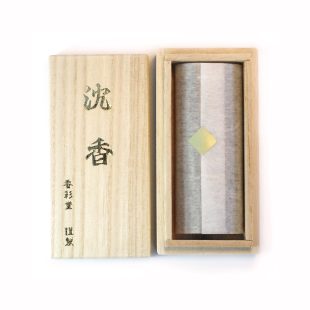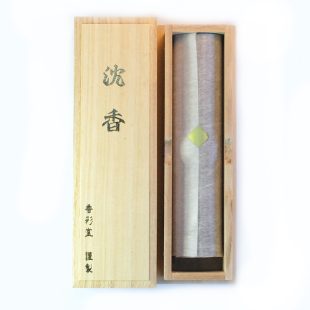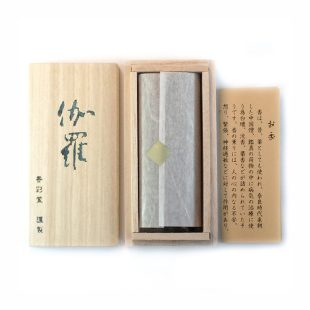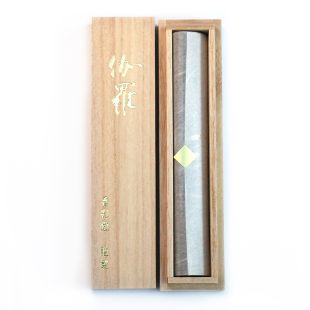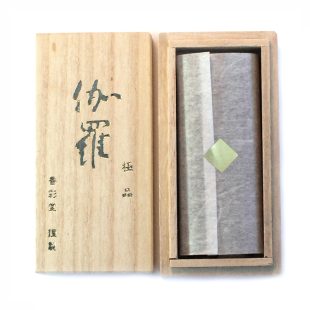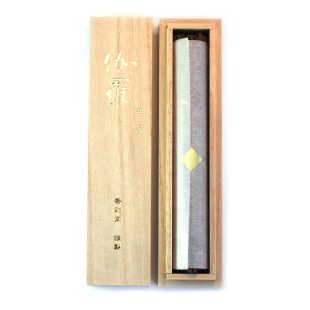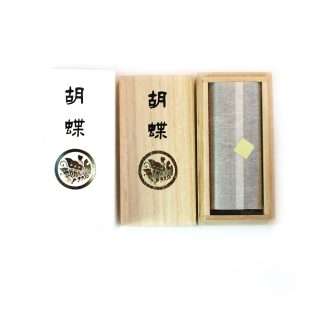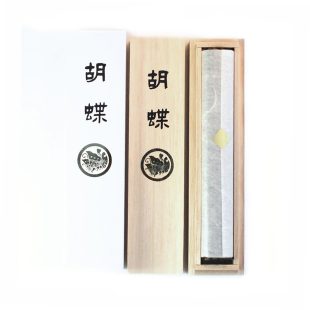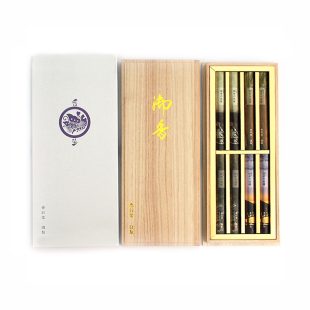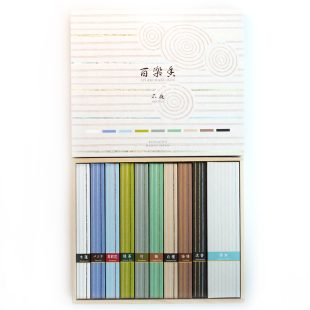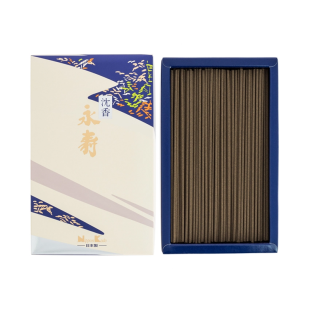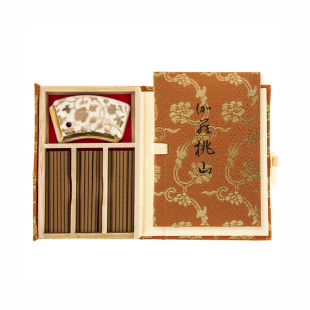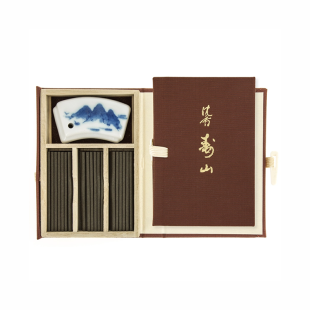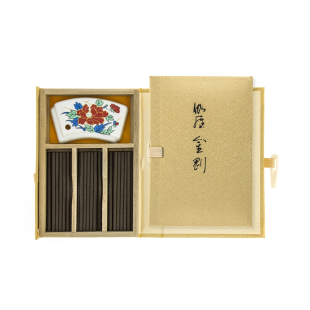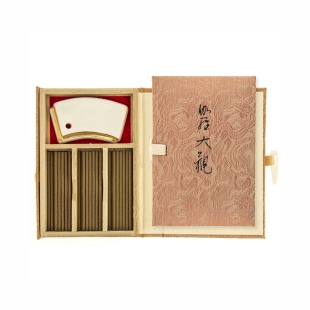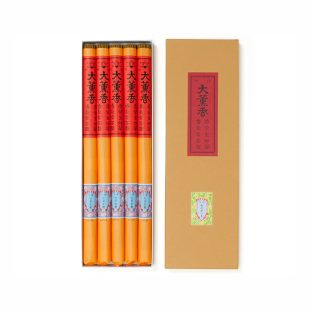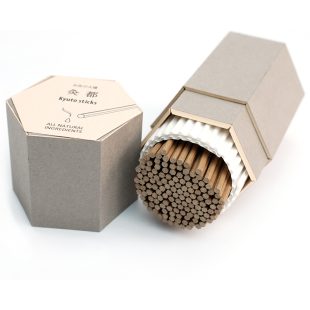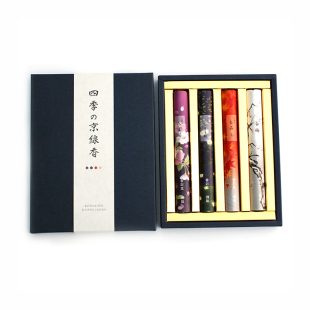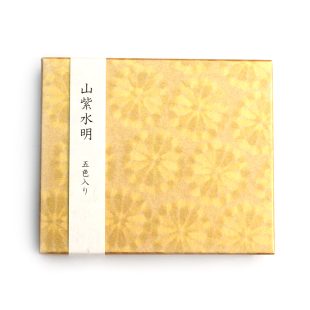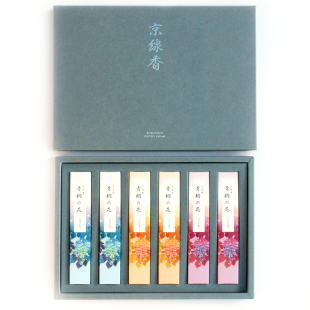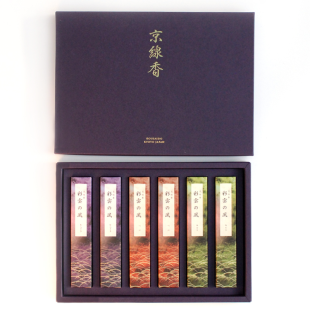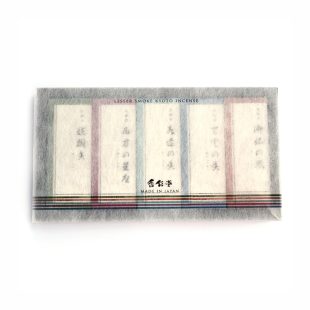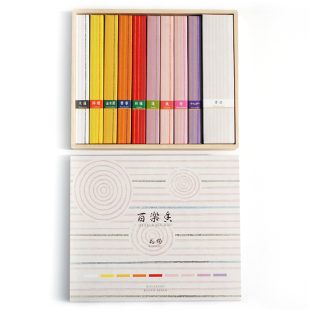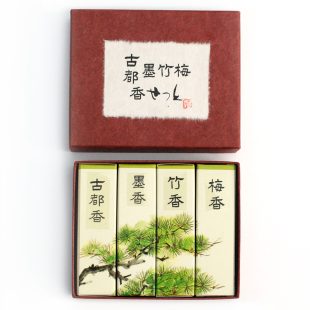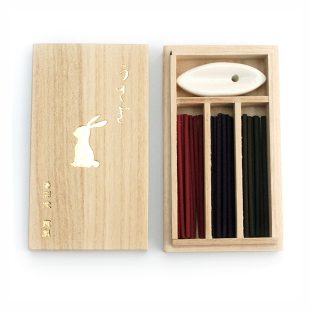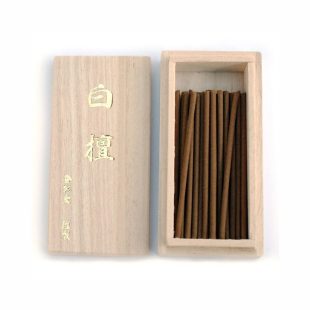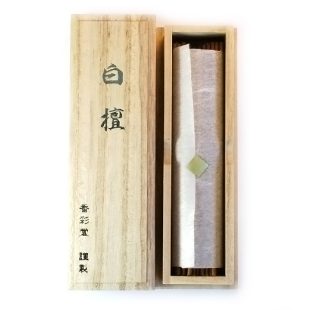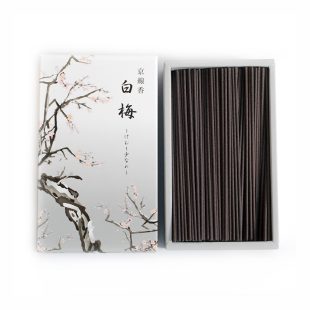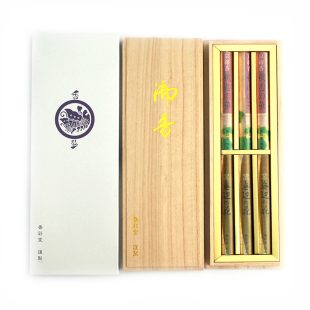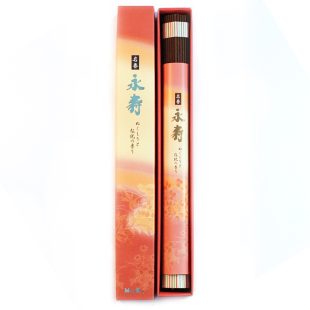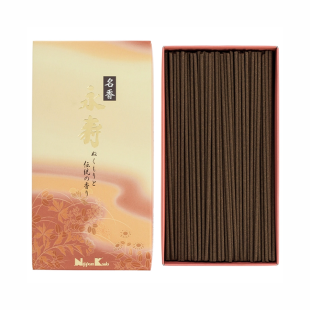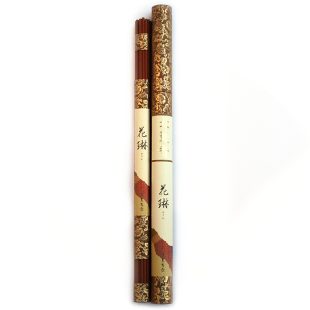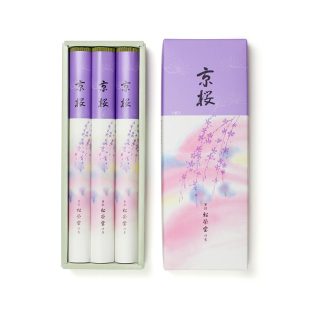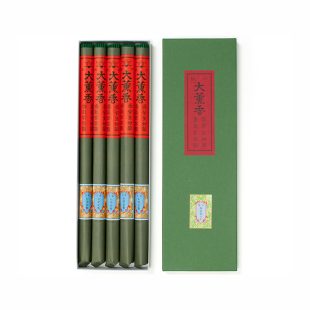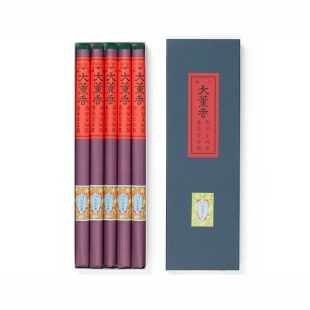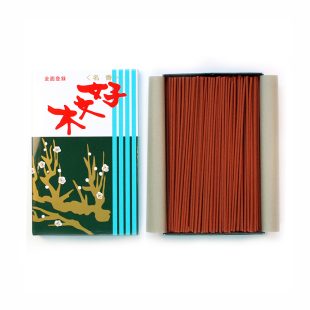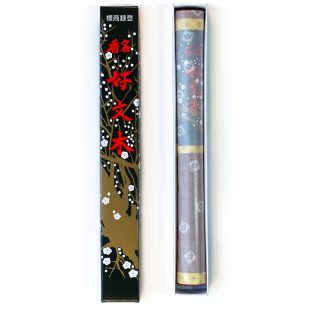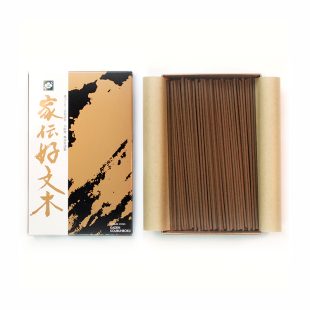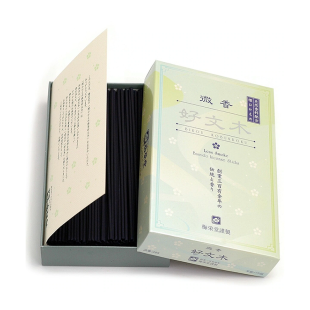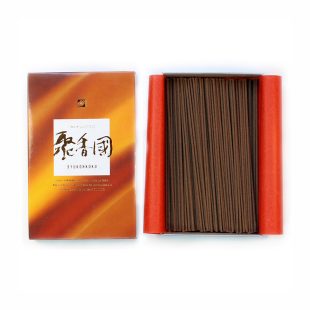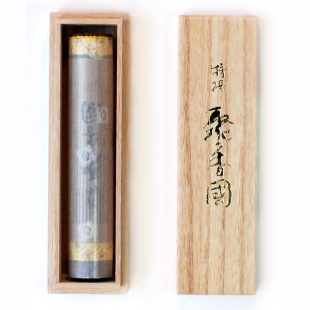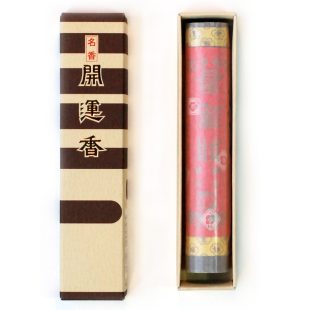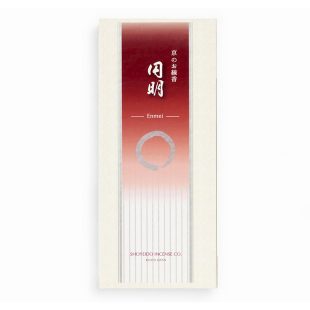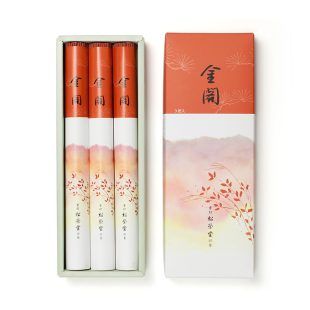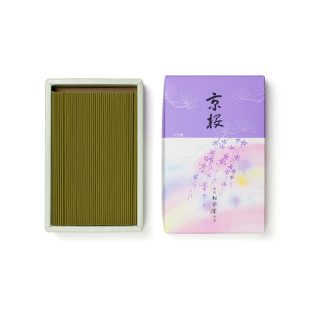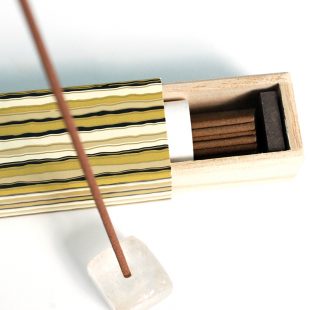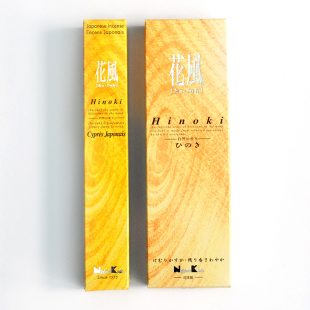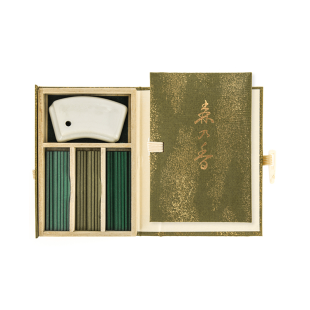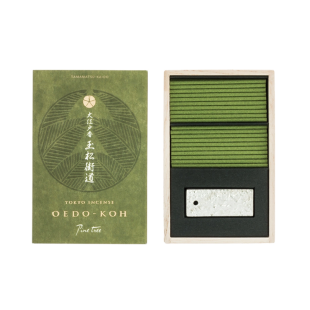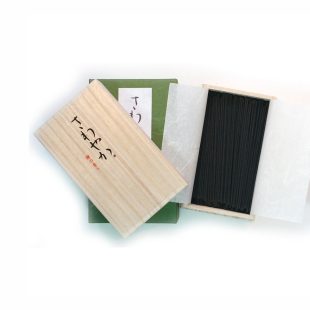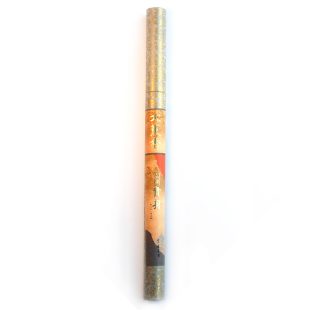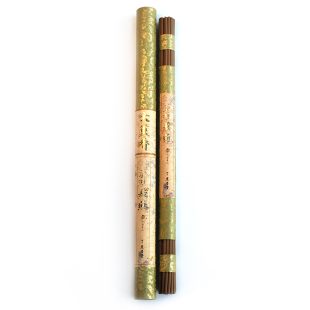Wood and Bark
Wood most often forms the base of premium incense.
The more resinous the wood, the higher the value.
Agarwood / Aloeswood (Kyara)
Meditative, Mental Clarity, Strengthening, Creativity, Uplifting, Energising, Relaxing, Calming, Balancing
Fragrance: Agarwood has a very complex aroma, that differs according the the sources and quality. In general it is sweet, rich, woody, spicy, sharp, floral and cool.
Note: Base
East Asian Element: Water
Western Element: Water
East Asian Season: Winter
Western Season: Winter
Astrology: Scorpio
Planet: Sun
Agarwood is the resinous wood from Aquilaria trees, a genus of 15 species. It is an evergreen native that grows in the low and medium altitude primary forests in India, the Indochina Peninsular (Laos, Cambodia, Malaysia, Indonesia, and Vietnam) and China’s Hainan Island. One of the most sought after aromatic woods the world over, the resin is also known as Jinko, Agarwood, Aloeswood, Oud, and “Aloes” in the Christian Bible.
Under the Japanese grading system, agarwood is classified according to aromatic characteristics and its region of origin. The highest grade is called Kyara, which means “precious” in Japanese. The best quality of Kyara is Green Kyara; the other three grades are Iron, Purple, and Black. The deeply resinous Kyara is much rarer than common types of agarwood, and has distinct aromatic characteristics. It is a highly prized ingredient in Japanese incense and the ingredient used in Kodo Incense Ceremonies.
In addition to incense, agarwood is used in traditional Chinese, Unani, Ayurvedic, and Tibetan medicine formulas as a sedative and a remedy for stomach issues.
Aquilaria grows up to 40 meters high and 60 centimetres in diameter and bears distinctive sweetly-scented white flowers. Over time the trees can become infected with a fungus or mould, phialophora parasitica, and in response produce a strong aromatic, rich, dark resin within their xylem heartwood as an immune response.
This natural immune response produces a resin known as agar#1. Agar#2, an inferior quality resin, is produced when the tree is deliberately damaged, which unfortunately leaves the tree more susceptible to disease.
The tree withers while the resin matures, and this resinous wood is prized around the world. The wood is scarce, difficult to obtain, and expensive. Lower-grade kyara is about 20,000 yen per gram, and top quality is over 40,000 yen per gram, many times the equivalent weight of gold.
Best quality kyara can be burnt several times due to the high resin content.
In 2007 the Aquilaria genus was placed on the Red List of Threatened Species as critically endangered, and the trade and production is now tightly controlled.
The most famous piece of agarwood is called Ranjatai, and was presented by Komyo Emperor to the Todaiji Temple in Nara, Japan, in 756 A.D. Today. Ranjatai belongs to the Royal family of Japan. Every 10 to 15 years during the annual autumn exhibition, Ranjatai is exhibited in Nara’s National Museum. Ranjatai has been identified as coming from Laos or Vietnam by Japan’s leading expert on Agarwood, Dr. Yoneda from Osaka University.
Incense with Agarwood / Aloeswood (Kyara)
Sandalwood (Byaku-dan)
Strengthening, Comforting, Joy, Regenerative, Meditative, Relaxing, Peaceful, Balancing, Calming
Fragrance: delicate, sweet, floral, woody, spicy
Note: Base
East Asian Element: Metal
Western Element: Water
East Asian Season: Autumn
Western Season: Summer
Astrology: Cancer, Leo, Libra, Pisces, Taurus, Aries
Planet: Moon
Sandalwood is one of the oldest materials used for incense, documented use in Sanskrit and Chinese texts dating back around 4000 years. It is also often used in traditional oriental medicine and for religious statues.
Sandalwood is one of the most calming fragrances used in incense and a preferred ingredient for relaxation, calming the mind and improving mental clarity. Often used in spiritual practice, the aroma is said to increase devotion and help those who practice celibacy transform sexual energy.
Sandalwood refers to the sandal tree’s (santalum album) heartwood and roots, a tall evergreen tree cultivated in India, Indonesia, and Malaysia.
Sandalwood from the Mysore region in southern India, Rozan Byakudan in Japanese, is known for its premium quality. Sandalwood trees need around 60 years to produce a fragrance acceptable enough to be used for kodo.
There are nine known species of these graceful evergreen trees. They are semi-parasitic, getting most of their nutrients through photosynthesis and relying on a host plant, via sucker roots, for water and minerals.
It takes 15 to 20 years for sufficient essential oil to develop in the tree’s roots and heartwood to use it for oil extraction. Trees are considered mature after 80 years. The oil-rich core of the dark heartwood gradually develops, its aroma improving with age.
The sandal tree is uprooted in the rainy season when the roots are richer in oil. The Indian and Indonesian governments strictly control harvesting and trade, but poaching and black-market trading remain a problem.
Red Sandalwood is used as a base material in the incense trade and valued for its purple-red wood.
Incense with Sandalwood
Cinnamon (Keihi)
Strengthening, Comforting, Creativity, Mental Clarity, Meditative. Grounding
Fragrance: The scent is warm, earthy, sweet and spicy.
Note: Middle
East Asian Element: Fire
Western Element: Fire
East Asian Season: Summer
Western Season: Summer
Astrology: Aries, Leo, Sagitarrius
Planet: Sun
There are over 250 species of evergreen trees and shrubs in the Lauraceae (camphor) family. Cassia, the cheaper form of cinnamon, comes from the bark of the c.cassia tree in the same family. But the quality cinnamon used in Japanese incense comes from the bark of the C. zeylanicum.
It is grown in South India, Southern China, Vietnam, Sri Lanka and Indonesia. One of the oldest spices recorded, trade between India, North Africa and China dates to 2000BC.
The sun-dried bark is fragrant and usually sold in recognisable rolls or quills. It is used extensively as a spice in food, aromatherapy and the perfume industry. Medicinally it is a digestive tonic, colds and flu remedy, and an anti-inflammatory for joints and muscles.
There is concern that C. zeylanicum might come under threat, and harvesting is being controlled in China to prevent it from becoming threatened.
Incense with Cinnamon
Fragrance: Sweet and woody with lemon citrus and pine.
Note: Base
East Asian Element: Water
Western Element: Fire
East Asian Season: Winter
Western Season: Summer
Astrology: Aries, Leo, Sagitarrius
Planet: Sun
Japanese cypress, or hinoki, (Chamaecyparis obtusa) are tall, slow-growing trees that stand 35 meters high and are often cultivated as ornamental trees in parks and gardens.
The timber is pink in colour, and the bark is a dark red-brown. The small blunt-tipped leaves make it sympathetic to being clipped for bonsai.
The wood is lemon-scented, which becomes stronger and richer when warmed.
The fragrance characteristics of pure hinoki are complex. The two elements that make up the fragrance are alpha-pinenes and borneol. Inhaling alpha-pinenes stimulates alpha brain waves, producing a feeling of well-being and relaxation. This incense will enhance your meditation or mindfulness practices.
Japanese hinoki is also known for its antibacterial and antiviral properties, and burning it can cleanse and purify the air. The oil has been used in a steam bath and inhaled to treat coughs, colds and headaches, but is now considered too toxic for medicinal use.
It is a high quality timber used in the building of temples, shrines and in traditional bathhouses. Hinoki Cypress trees are of significant cultural importance in Japanese culture. To preserve and sustain Hinoki trees, Japan forbids the harvest of live trees. The wood and essential oil used in incense production come from naturally fallen trees, making them both precious and limited in availability.
Incense with Hinoki
Katsura
Fragrance: Sweet, deep, caramel
Note: Mid
East Asian Element: Metal
Western Element: Air
East Asian Season: Autumn
Western Season: Autumn
Astrology: Aries, Leo
Planet: Mars
Cercidiphyllum japonicum, commonly called Katsura, is native only to Japan and China. They are one of the largest hardwoods in Asia, reaching up to 45m in height. The distinctive, delicate heart-shaped leaves are bright green in spring and turn a
mix of bright yellow, pink, orange and red in Autumn. The leaves have a sweet, caramel-like scent from the maltol compound, which accumulates as glucoside and is liberated when the leaves decay. It becomes much stronger at the end of Autumn when they have turned completely brown.
Maltol is one of the flavour compounds in caramel and is used as a flavour enhancer in food. It is also used in perfumes and incense for a sweet and woody smell like burnt sugar. It is a complex scent reminiscent of strawberry, pineapple, cake, freshly baked bread and coffee.
Incense with Katsura
Makko (Tabo-no-ki)
Tabu (Machillus thunbergii) are tall evergreen trees cultivated in the warm coastal areas of Japan, Taiwan, South Korea and China. The bark is known as makko, which is also a general term for incense in Japan.
The bark burns readily and evenly. It has a woody, smoky scent, which disappears when mixed in perfect proportion to the other ingredients in the formula. It is water-soluble and forms a sticky base material which combines well with other powdered ingredients. It is easily mouldable and can be rolled into sticks, and moulded into cones and other shapes, which are then dried slowly in a controlled environment to prevent cracking.
The bark is also used as a golden brown pigment.
All our incense have some Makko in them.
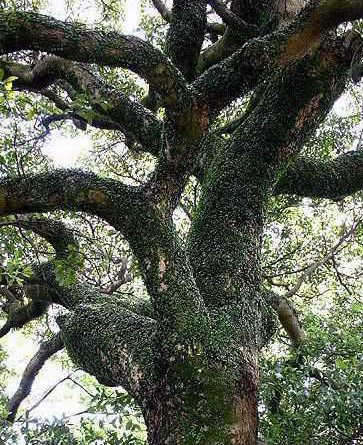
Myrobalan (Kashi)
Cleansing/Refreshing, Strengthening, Mental Clarity, Meditative, Relaxing
Fragrance: The scent is sweet, floral, spicy, biting, astringent and herbaceous.
Note: Base
East Asian Element: Metal
Western Element: Air
East Asian Season: Autumn
Western Season: Spring
Myrobalan (Terminalia chebula) is a deciduous tree that grows in Asia, mainly the Himalayan foothills. It grows to 20 meters, with pale yellow or white flowers and plum-sized fruit.
The word myrobalan is Greek in origin and comes from the word ‘muron’ which means balsam or ointment.
It is said to produce a fragrance that can spread infinite distances while illuminating and permeating the earth and sky.
This highly prized tree is considered sacred and is an important ingredient in temple incense in India and Tibet.
The tree is central to Tibetan herbal medicine and incense, and it has the reputation of being able to cure all qi illnesses that prevent meditation.
In India and China, the sour fruit is used as a digestive aid, and, similar to rhubarb, it is both cathartic and astringent. It is, life-enhancing, nourishing and strengthening.
Incense with Myrolaban
Incense containing myrolaban has sold out.
Receive an email when it’s back in stock:



